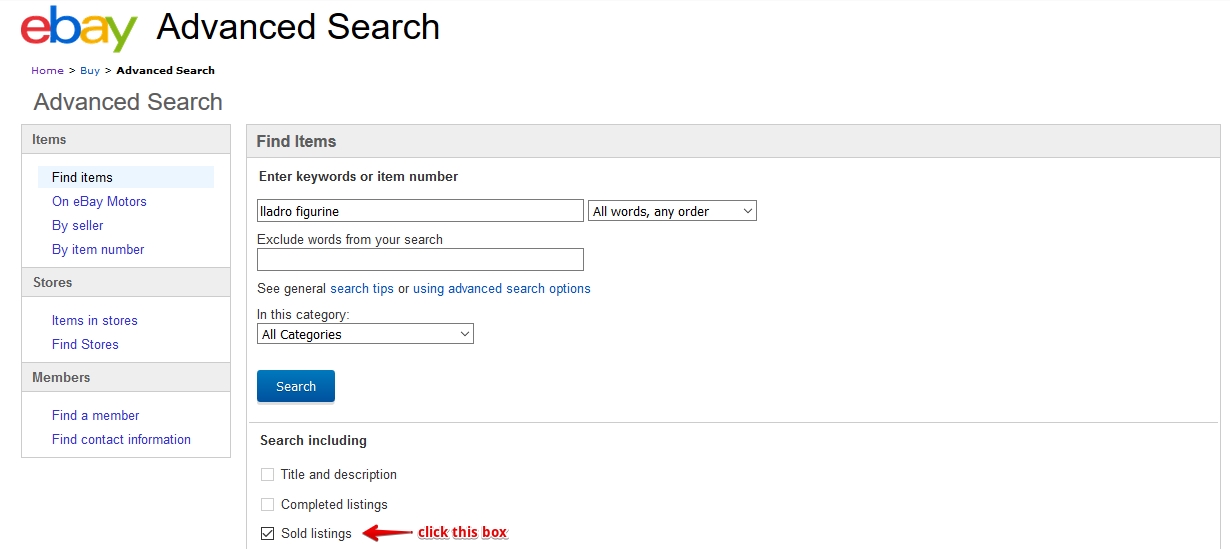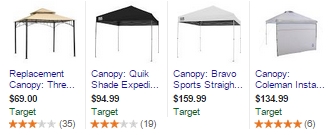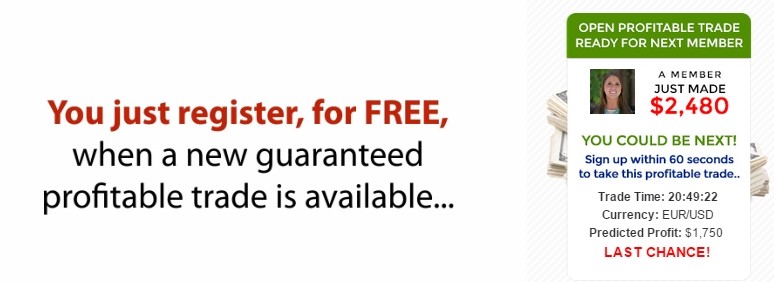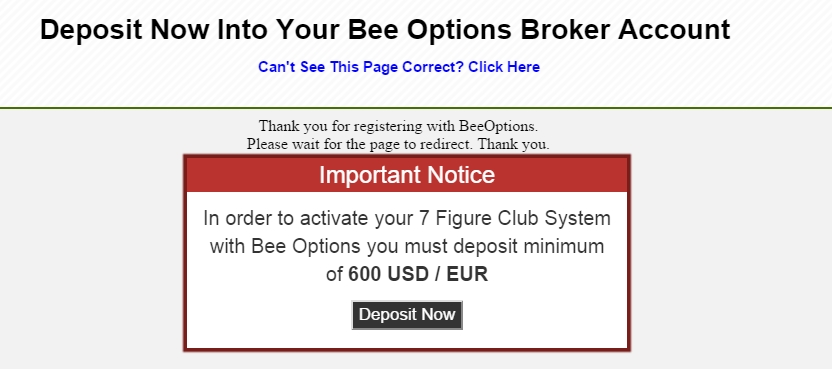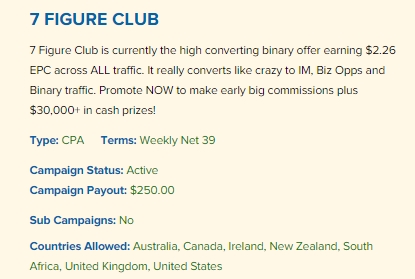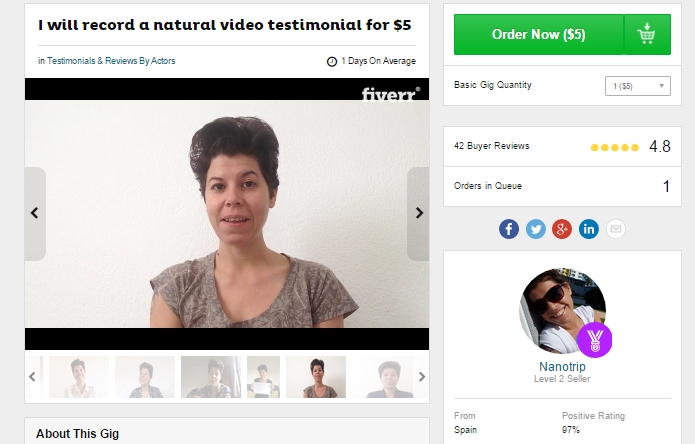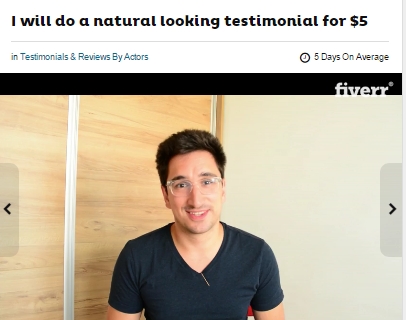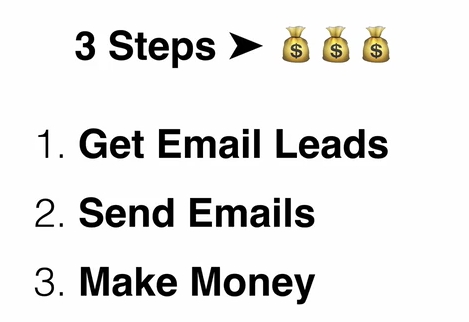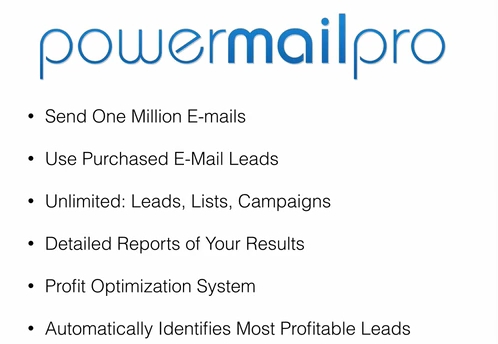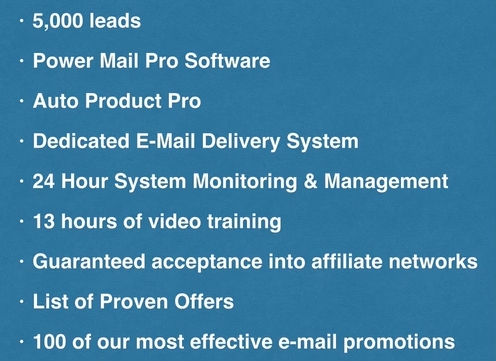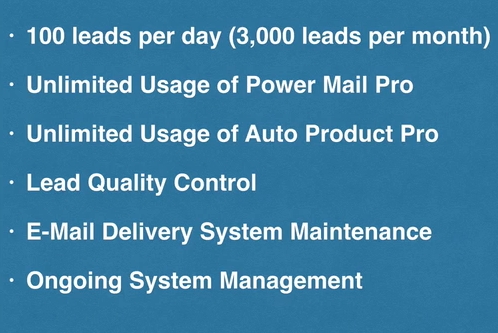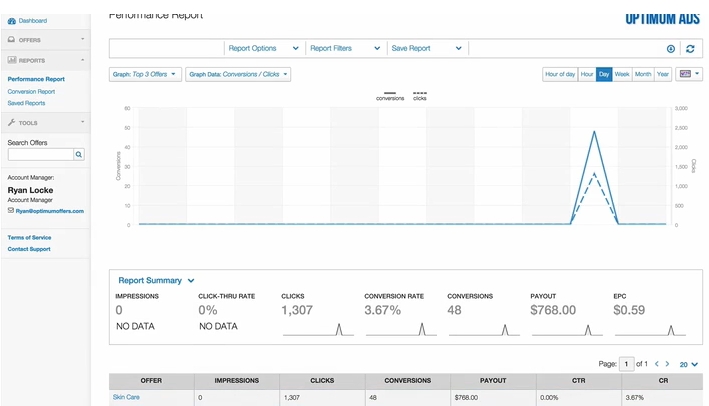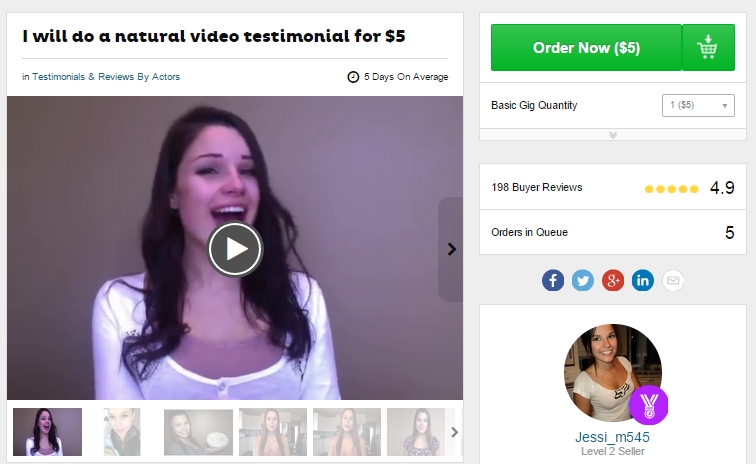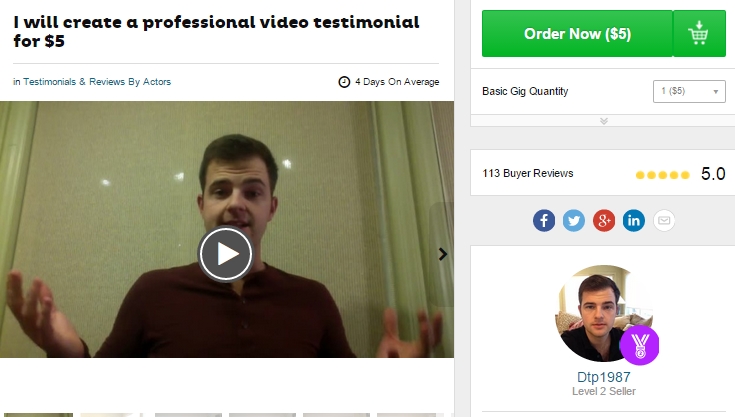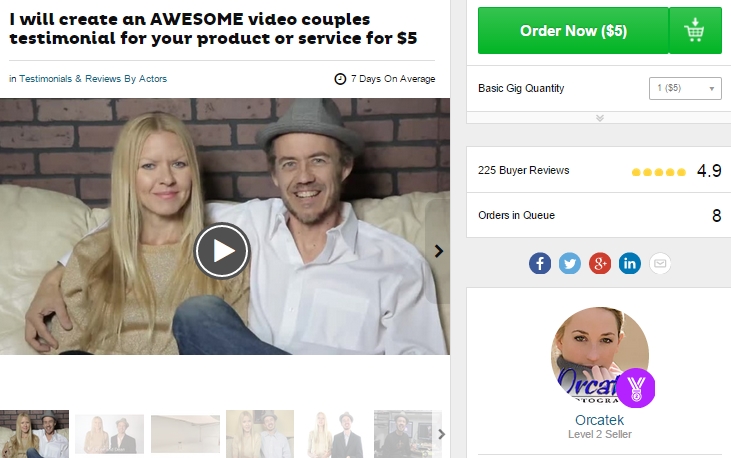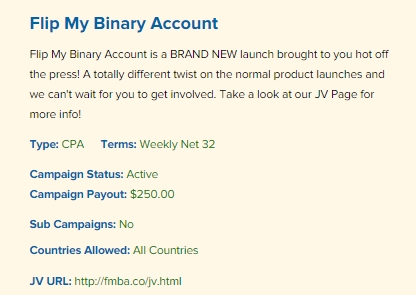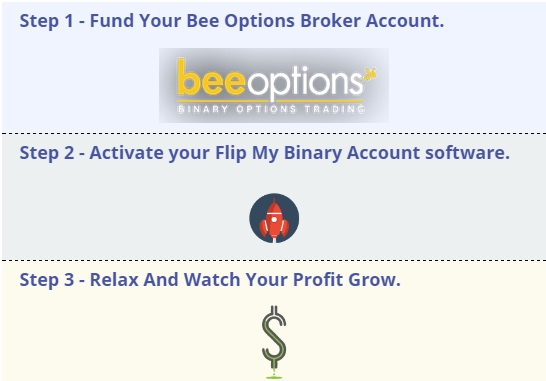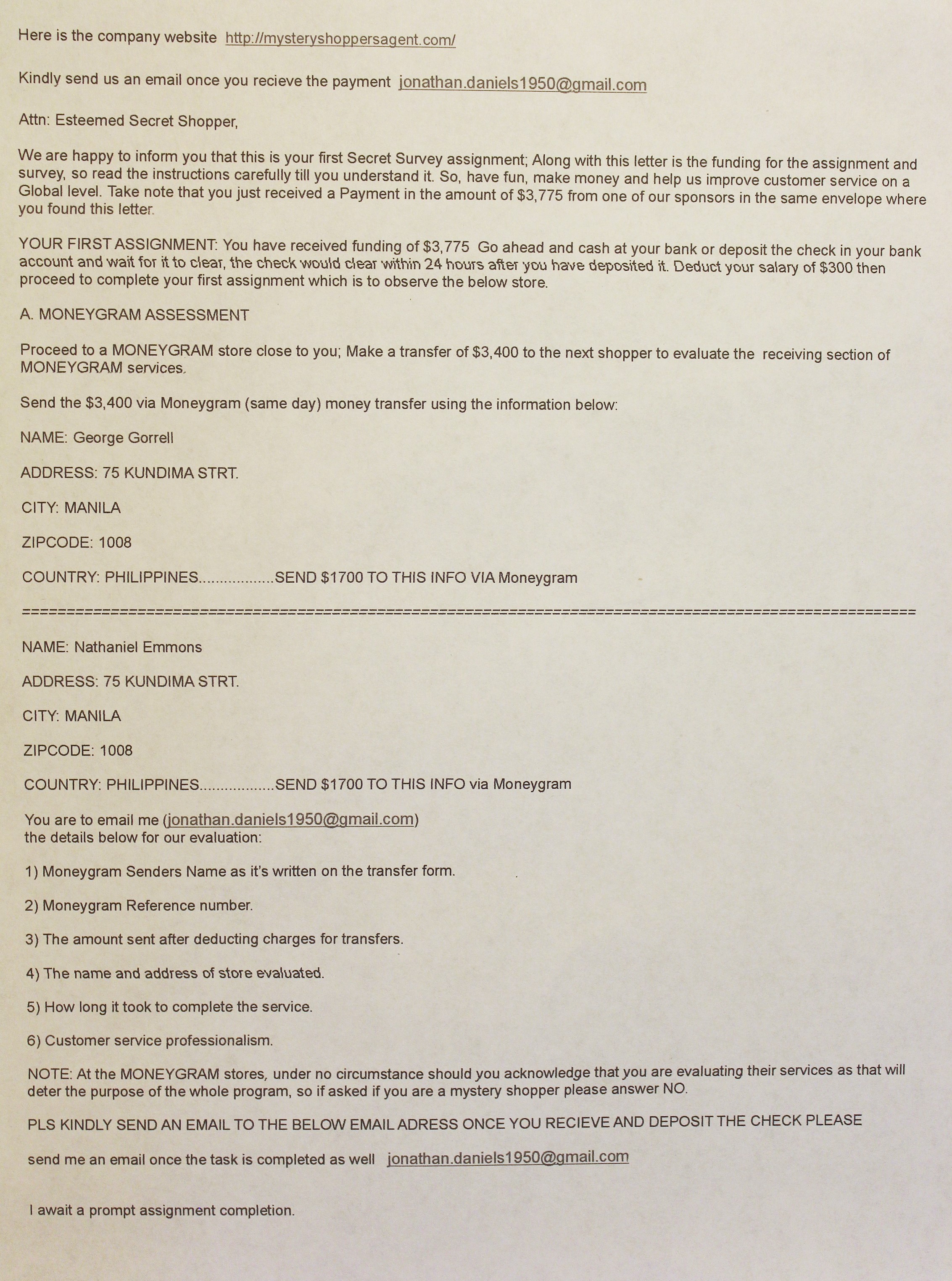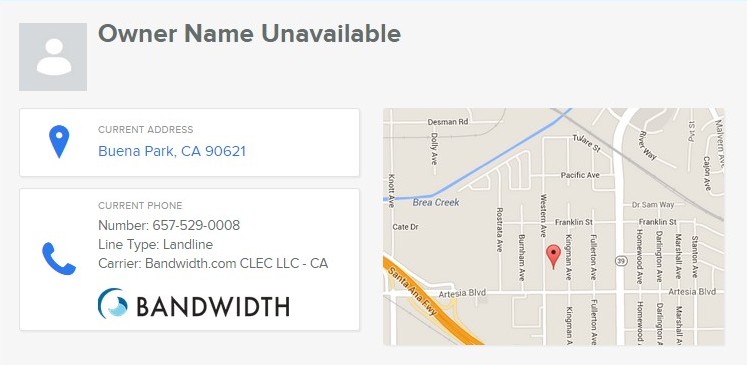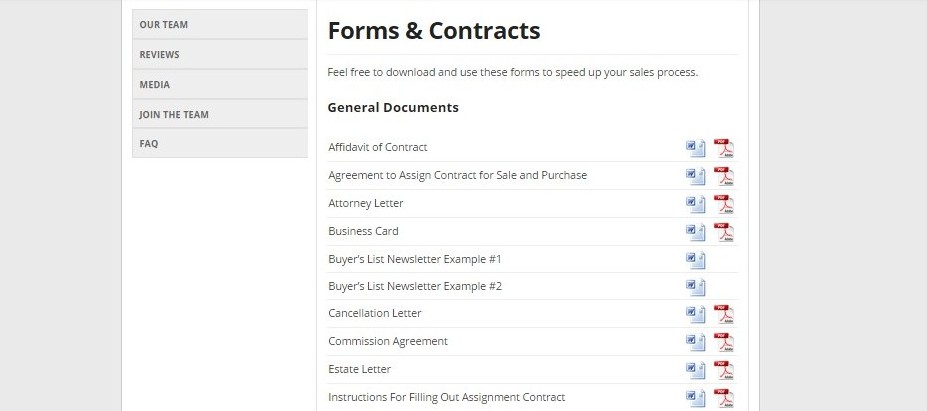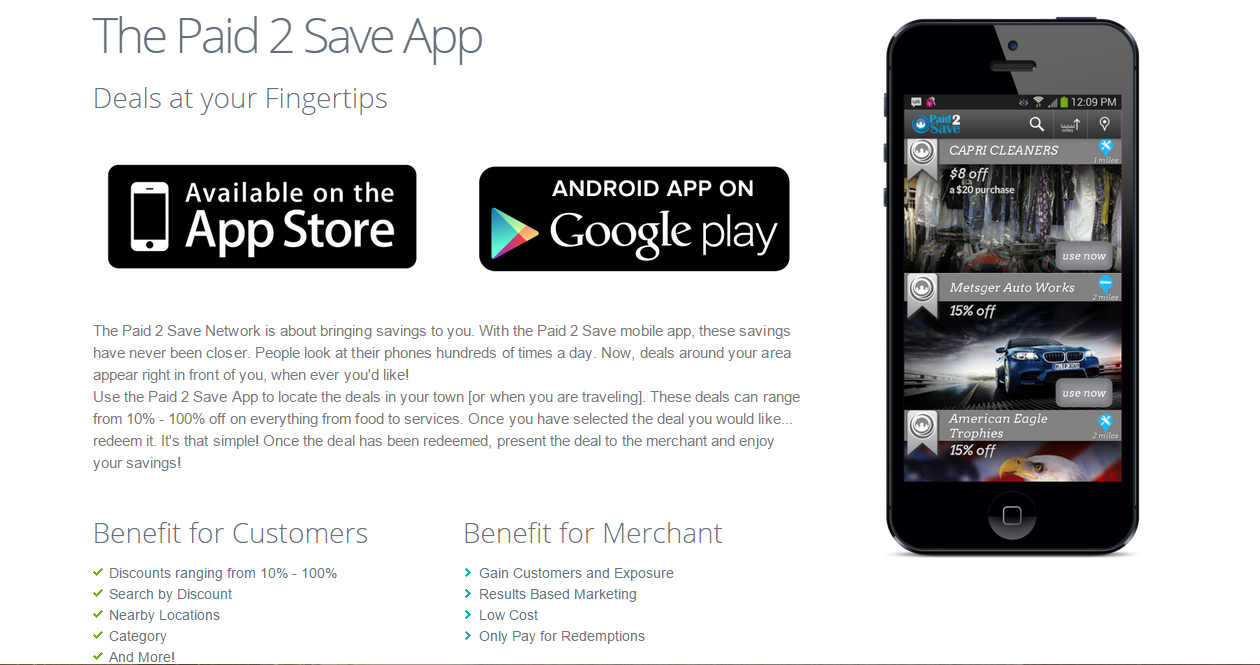With spring right around the corner, many individuals will be cleaning out their homes, garages and basements. Many more will be wondering how to cash in on their spring cleaning treasures.
Most people are aware of eBay as a place to sell their items; however, the effort involved in properly staging, photographing, listing and shipping items can be too cumbersome for many. Also, eBay sellers need to have an excellent feedback score.
Because of the work involved in selling on eBay, you can start you own eBay consignment business and make good money by selling other people’s things. Here is how you can start:
1. Obtain a seller’s eBay account.
Nearly anyone can buy stuff on eBay, but you need to have an account with a feedback score of at least 50, and that’s as close as possible to 100% positive, before buyers will trust you. Incidentally, you also need to have a 50 interactions before Paypal’s $2,000 buyer protection plan kicks in.
To this end, you’ll need to make some purchases on your buyer’s account first. Yes, this is an investment of time and money. However, if you already shop online, it just means diverting your preference to eBay above places like Amazon, Groupon Goods, etc.
2. Obtain business supplies.
Anyone who has sold items online knows that one of the most time-consuming steps involved is shipping. Standing in line at the USPS or other shipping service wastes valuable hours of your day, especially when there is a holiday and there may be dozens of people waiting ahead of you.
To alleviate this pain point, purchase a weight scale and digital stamps for home use. Doing this will enable you to weigh, package and pay for your shipments ahead of time. You then only need to drop them off at your local USPS or other shipping location.
If you don’t yet own one, you will need to purchase a good digital camera. eBay items should feature at least one photo, and expensive items normally feature a half dozen or more photos.
3. Price your services.
How much you charge for a commission will depend on what it takes for you to make a profit versus how much similar local services charge their customers. To find out what your competitors charge, go to the eBay Trading Assistant Directory and look up your state. In most states, the commission range is 20%-40%.
4. Start advertising your consignment business.
It doesn’t take a lot of money to advertise your business. For example, you could start advertising by printing and posting some flyers around your neighborhood and/or in the local newspaper. Tell your family and friends about your new business and offer a cut of your commission in exchange for a referral.
Don’t be afraid to tap local consignment shops, Goodwill stores, etc. These stores also often are stuck with merchandise they can’t sell or house and may be very willing to go online with their wares.
You might also consider creating a website and displaying it on your Facebook, Twitter, LinkedIn and other social media accounts, or just advertising your services directly through social media.
5. Pay some in-home/business visits to potential customers.
As you start getting interested customers calling or writing to you, the best way to assess the true value of their items is to visit them at their homes or businesses. Take your digital camera with you and catalog the stuff that you are being asked to sell.
When you return home, research those cataloged items on eBay and learn about their last selling price. This can be done by going to eBay’s Advanced Search area and checking ‘Sold listings.’
Doing this kind of research ahead of time will reduce your risk of listing items that never sell or that sell at too low of a price.
6. Create a contract with your customer.
Whether or not you end up taking your customer’s items back to your house or just listing them on eBay, you need to prepare a contract and have your customer sign it. Having a contract in place, complete with your commission rate and allotment for selling costs (e.g., eBay selling fees, Paypal fees) will protect both you and customer and help ensure that you both make money from this business arrangement.
7. Stage, sell and (optionally) ship your customer’s items.
If you haven’t done so, take photos of your customer’s items and publish those photos on eBay along with the product descriptors, dimensions, shipping information, etc. As each item is sold, record its purchase price, shipping, insurance and final value fees, and possible refund and damage information. This is the information you will eventually need to provide to your customer and use to calculate your commission.
Your customer may prefer to ship his own items in exchange for a reduced commission, or the items may be in a different geographic location and/or otherwise unable to be shipped (at least by you). Different business arrangements can provide you with much needed insight on which ones work best for you and maximize your profitability.
8. Invoice and pay your customer.
One of the benefits of having an eBay consignment business is that you pay your customer, not the other way around. This reduces your risk of being stiffed on payment. However, you should still maintain detailed records (with shipping receipts) and note every transaction as it occurs. This way, you’ll reduce the chance of suspicion by your customer, and it will also tell you if your business is actually profitable.
